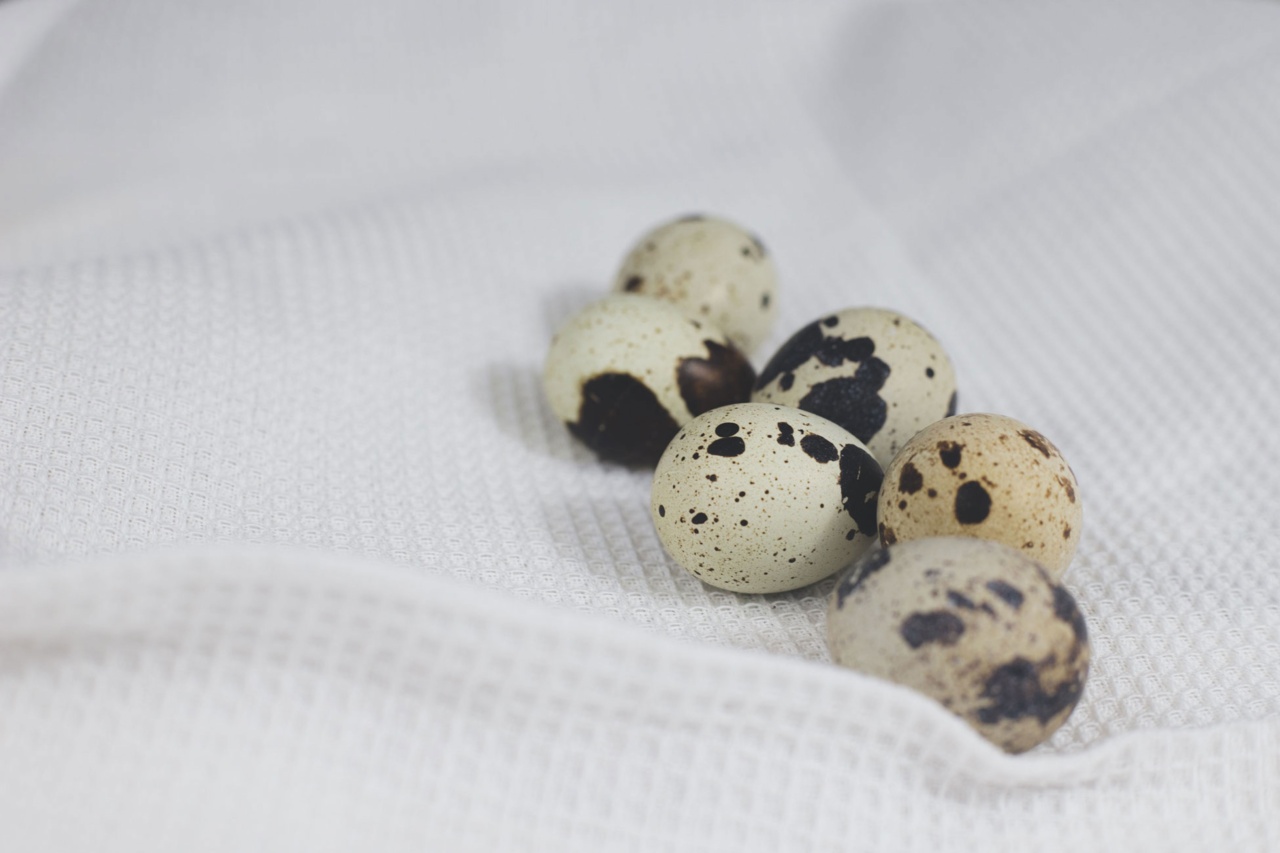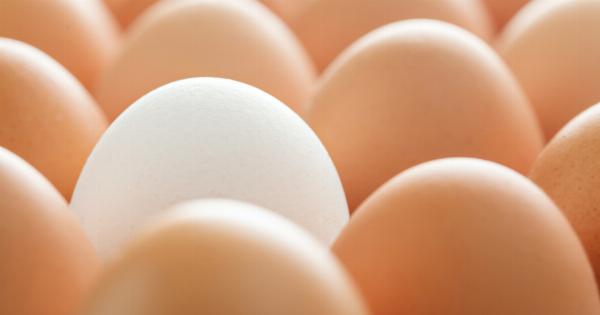When you go to the grocery store, you may notice that some eggs have white shells while others have brown. But have you ever wondered why this is the case? Here, we will explore the reasons behind the color of chicken eggs.
Chicken Genetics
It all starts with chicken genetics. The breed of the chicken determines the color of its eggs. Generally, white-feathered chickens with white earlobes lay white eggs, while brown-feathered chickens with red earlobes lay brown eggs.
Although this may seem like a simple explanation, it is actually quite complex.
According to scientists, the color of the chicken’s earlobes is what determines the color of its eggshells.
However, it’s important to note that not all chickens with white earlobes lay white eggs and not all chickens with red earlobes lay brown eggs. There are exceptions to this rule due to other genetic factors. In fact, there are some chicken breeds like the Ameraucana, which can lay eggs in a range of colors, including blue and green.
Why are White Eggs More Common?
White eggs are more common in the United States, which may lead some to believe that they are of a higher quality. However, there is no difference in taste or nutrition between white and brown eggs.
The reason for this difference is simply due to the fact that white-feathered chickens are more common in commercial egg production. This means that there are more white eggs available in stores.
The Nutritional Value of Eggs
Regardless of their color, eggs are a great source of nutrition. One large egg contains about 6 grams of protein, as well as important vitamins and minerals like vitamin D and choline.
In addition, eggs are relatively low in calories, with one large egg containing only about 70 calories. This makes them a great food to incorporate into a healthy diet.
Eggshell Color and Taste
Many people believe that there is a difference in taste between white and brown eggs. However, this is a common misconception. The color of the eggshell does not affect the taste or quality of the egg.
So whether you prefer white or brown eggs, you can rest assured that they will taste great.
Conclusion
While the color of chicken eggs may seem like a minor detail, it is actually a result of complex genetics.
The breed of the chicken determines the color of its eggs, with white-feathered chickens laying white eggs and brown-feathered chickens laying brown eggs. However, there are exceptions to this rule. Regardless of the color, eggs are a nutritious and delicious food that can be incorporated into a healthy diet.






























